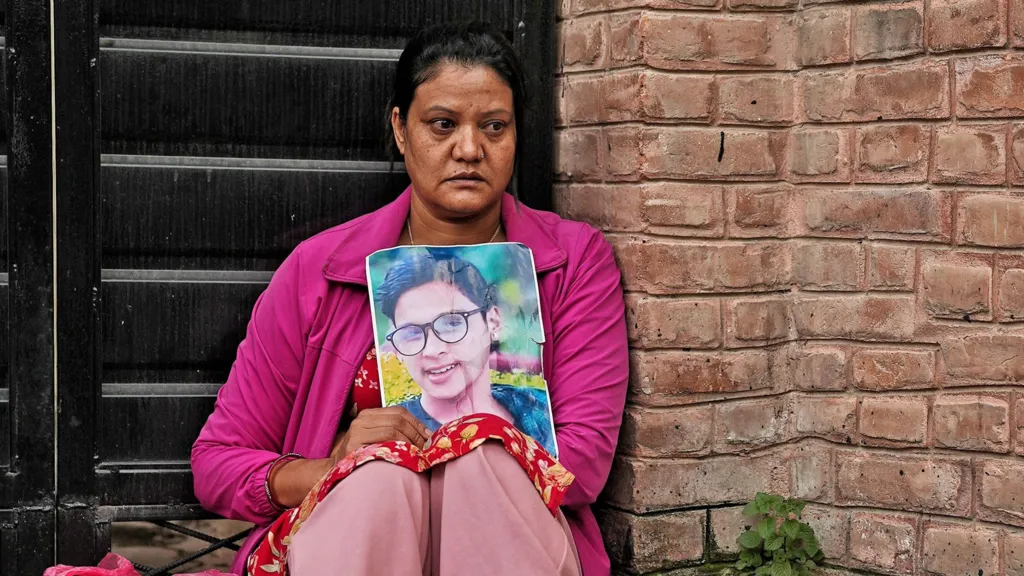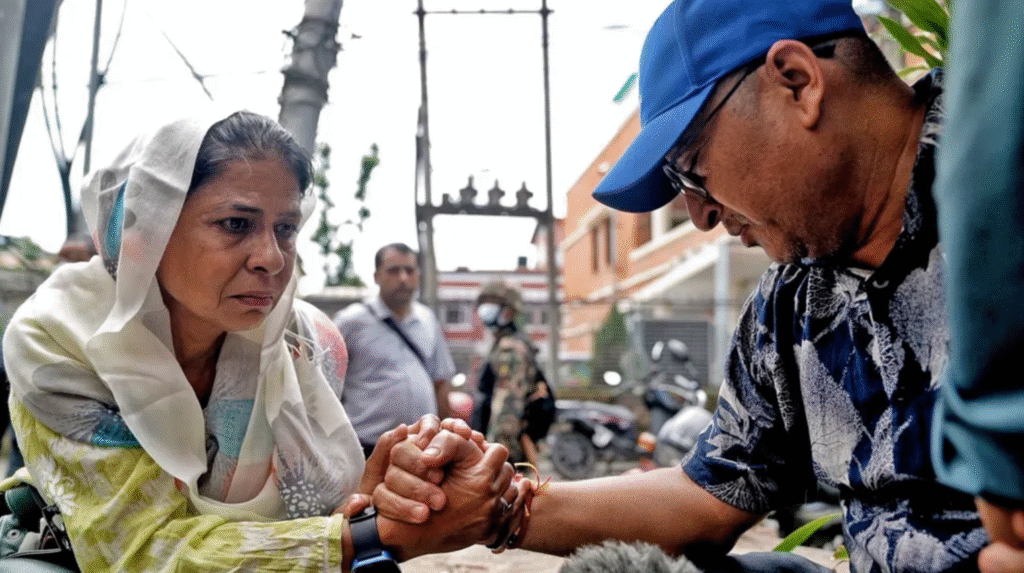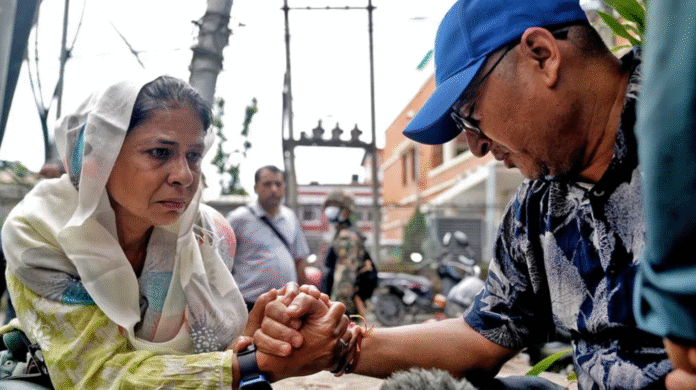Nepal Corruption Protests Leave Dozens Dead
Nepal corruption protests have shaken the Himalayan nation to its core, leaving more than 70 people dead and over 1,000 injured in just two days of unrest. Families are grieving, citizens are demanding justice, and questions are being raised about the government’s heavy-handed response to peaceful demonstrators.
The protests, which started as a reaction to a controversial social media ban, quickly escalated into one of the deadliest episodes of civil unrest in Nepal’s recent history.

Families Mourn Loved Ones Killed in Nepal Corruption Protests
Narendra Shrestha, a heartbroken father, sat outside the mortuary gates of Tribhuvan University Teaching Hospital, waiting to claim the body of his 21-year-old son, Sulov.
“They said it was a rubber bullet,” he said through tears. “But if you see my son, his head was broken, a hole is there. Who will take responsibility?”
Like many others, Shrestha is demanding answers. For grieving parents, siblings, and spouses, the government’s promises of an investigation provide little comfort.
What Sparked the Nepal Corruption Protests?
The immediate trigger was a government decision to ban social media platforms such as Facebook, Instagram, YouTube, and X. Officials claimed it was necessary to combat fake news, hate speech, and online fraud.
But for millions of young Nepalis who depend on these platforms for news, business, and entertainment, the move felt like an attack on freedom of expression.
By September 8, frustration had boiled over into massive demonstrations. What started as peaceful rallies organized by “Generation Z” activists quickly spiraled into chaos as security forces clashed with crowds.
Violence, Gunfire, and Casualties
During the two-day protests, clashes between police and demonstrators turned deadly. Witnesses and medical staff reported gunshot wounds, contradicting claims that only rubber bullets were used.
Doctors at Bir Hospital and Civil Service Hospital confirmed treating hundreds of patients with rifle injuries. Some victims were shot multiple times in the chest, head, and legs.
Parliament was torched, politicians’ homes were attacked, and entire neighborhoods were set ablaze. Many protesters also died in fires and stampedes as chaos engulfed the capital, Kathmandu.
Victims of Nepal Corruption Protests
The victims were mostly young men and women with dreams of building a better future:
-
Sulov Raj Shrestha (21) – Shot in the head while protesting.
-
Rashik Khatiwada (22) – Killed by two bullets to the chest.
-
Abhishek Chaulagain (22) – A hotel worker, shot in the forehead.
-
Subash Bohora (21) – Once dreamed of becoming a judge, killed near parliament.
-
Ayush Thapa (19) – A French student who admired the British Army, shot in the chest.
Their stories highlight the heavy toll corruption and failed governance have taken on Nepal’s youth.
Hospitals Overwhelmed
Doctors described the situation as worse than the 2015 earthquake. In just 48 hours, more than 600 injured protesters were rushed to hospitals across Kathmandu. Emergency wards were filled beyond capacity, and medical teams worked around the clock.
Dr. Santosh Paudel reported seeing both shotgun and rifle wounds, evidence that live ammunition was used against crowds.

Interim Prime Minister Faces Tough Challenge
With Prime Minister KP Sharma Oli forced to resign amid the unrest, former Supreme Court Chief Justice Sushila Karki was sworn in as Nepal’s interim prime minister.
Karki has pledged to hold elections on March 5, 2026, but her immediate task is restoring order and addressing public outrage. She must rebuild parliament, investigate police actions, and reassure citizens that the deaths of more than 70 protesters will not go unanswered.
Calls for Justice and Reform
Victims’ families and activists are demanding justice. Many accuse police of unlawful killings, while others blame the government for silencing dissent instead of addressing corruption.
“We want justice,” said Rasik KC, whose nephew was shot dead. “Without accountability, these deaths mean nothing.”
International human rights organizations have also called for an independent inquiry into the killings, warning that suppressing protests with lethal force violates international law.
What’s Next for Nepal?
The Nepal corruption protests are not just about social media bans. They are a reflection of decades of frustration with political elites accused of corruption, nepotism, and failing to deliver on promises of development.
With the country now facing political instability, rising unemployment, and disillusionment among its youth, the road ahead looks difficult.
The interim government’s response in the coming weeks will determine whether Nepal can heal, or whether the unrest will spark a new wave of protests.

